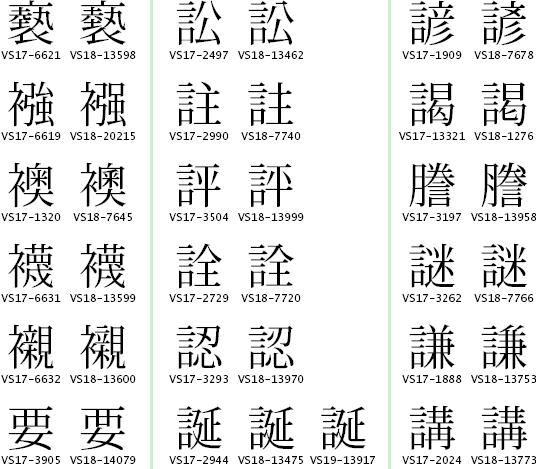A Japanese man who says he invented the technology behind the context-based conversion of a sentence written solely in kana into one in both kanji and kana, as well as another related technology, filed suit against Toshiba on December 7, seeking some US$2.3 million in compensation from his former employer.
Shinya Amano, a professor at Shonan Institute of Technology, said in a written complaint that although the firm received patents for the technologies in conjunction with him and three others and paid him tens of thousands of yen annually in remuneration, he actually developed the technologies alone.
Amano is claiming 10 percent of an estimated ¥2.6 billion in profit Toshiba made in 1996 and 1997 — much higher than the roughly ¥230,000 he was actually awarded for the work over the two-year span.
His claim is believed valid, taking into account the statute of limitations and the terms of the patents.
“This is not about the sum of the money — I filed the suit for my honor,” Amano said in a press conference after bringing the case to the Tokyo District Court.
“Japan is a technology-oriented country, but engineers are treated too lightly here,” he said.
Toshiba said through its public relations office that it believes it paid Amano fair compensation in line with company policy. The company declined to comment on the lawsuit before receiving the complaint in writing.
Amano claims that he invented the technology that converts a sentence composed of kana alone into a sentence composed of both kanji and kana by assessing its context, and another technology needed to prioritize kanji previously used in such conversions.
Using theories of artificial intelligence, the two technologies developed in 1977 and 1978 are still used today in most Japanese word-processing software, he said.
source: Word-processor inventor sues Toshiba over redress, Kyodo News, via Japan Times, December 9, 2007

